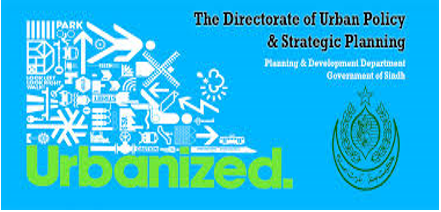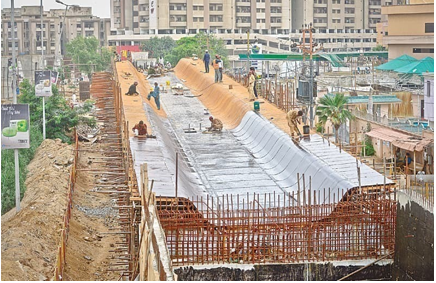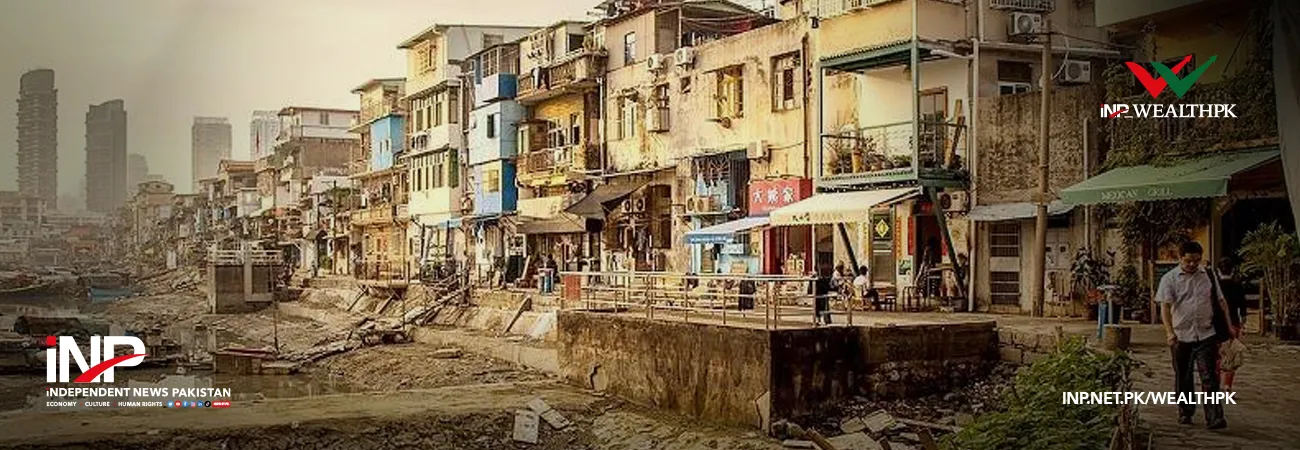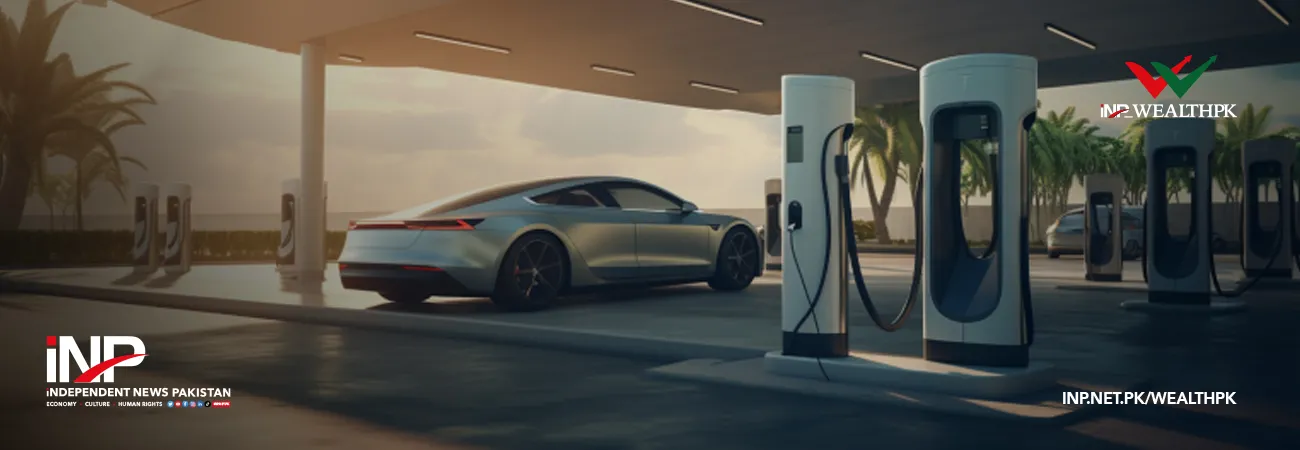INP-WealthPk
Ahmed Khan Malik
Experts called for urgent planned urban development in Sindh, advocating horizontal expansion instead of uncontrolled vertical construction to mitigate environmental challenges.

Talking to WealthPK, the experts said that rapid urbanization in Sindh, particularly in Karachi, had led to unplanned high-rise developments, resulting in increased population density, strain on infrastructure, and worsening environmental conditions. They stressed that a shift towards horizontal expansion, with well-planned housing societies, green spaces, and sustainable infrastructure, was crucial for ensuring a livable and eco-friendly future.
Talking with WealthPK, urban development expert Moeez Hussain said, “Excessive vertical construction without proper urban planning has led to traffic congestion, water shortages, and increased pollution. Sindh's urban planning must be based on sustainable models that promote green spaces, reduce heat islands, and ensure a balanced population distribution.”

He urged the policymakers, developers, and urban planners to focus on environmentally responsible expansion strategies, incorporating modern infrastructure, rainwater harvesting, and energy-efficient designs. "We must prioritize long-term urban development solutions that not only accommodate population growth but also preserve our natural resources and improve the quality of life," he added.
He called upon the provincial government to show its commitment to sustainable urban development policies, ensuring that the future generations inherited a cleaner, healthier, and more balanced urban environment. Talking to WealthPK, Nusrat Kabani, an urban development consultant, said horizontal expansion aimed to alleviate congestion in the existing urban centers and provide the residents with spacious living environments, including parks and recreational facilities.
He emphasized that horizontal development allowed for implementation of decentralized utility services, such as local sewage disposal systems and community-based power generation, enhancing sustainability and self-sufficiency in the new urban areas. However, horizontal expansion is not without its challenges, as the urban sprawl could lead to the consumption of agricultural land and natural habitats, increased commute times, traffic congestion, and higher infrastructure costs to connect dispersed communities, he pointed out.
He said the Directorate of Urban Regional Policy & Strategic Planning, Sindh had noted that much of the province's urban growth had occurred informally, resulting in settlements lacking basic amenities and opportunities for prosperity. Recognizing the complexities of urban development, the Sindh government has established the Directorate of Urban Regional Policy & Strategic Planning. This body is tasked with planning for sustainable urban development, supporting economic regeneration, and addressing intra-urban and regional disparities.
The Directorate emphasizes the need for strategic planning and robust urban management to tackle the challenges posed by the rapid urbanization. Nusrat, however, pointed out that the debate over horizontal versus vertical expansion in Sindh's urban development reflected the need for a balanced approach that considered the province's unique socio-economic, cultural, and environmental contexts.
While horizontal expansion offers opportunities for creating new, well-planned communities, it poses risks related to the urban sprawl and infrastructure costs. On the other hand, vertical expansion can maximize limited urban space and promote efficient service delivery but requires careful planning to address the potential challenges.
Credit: INP-WealthPk













